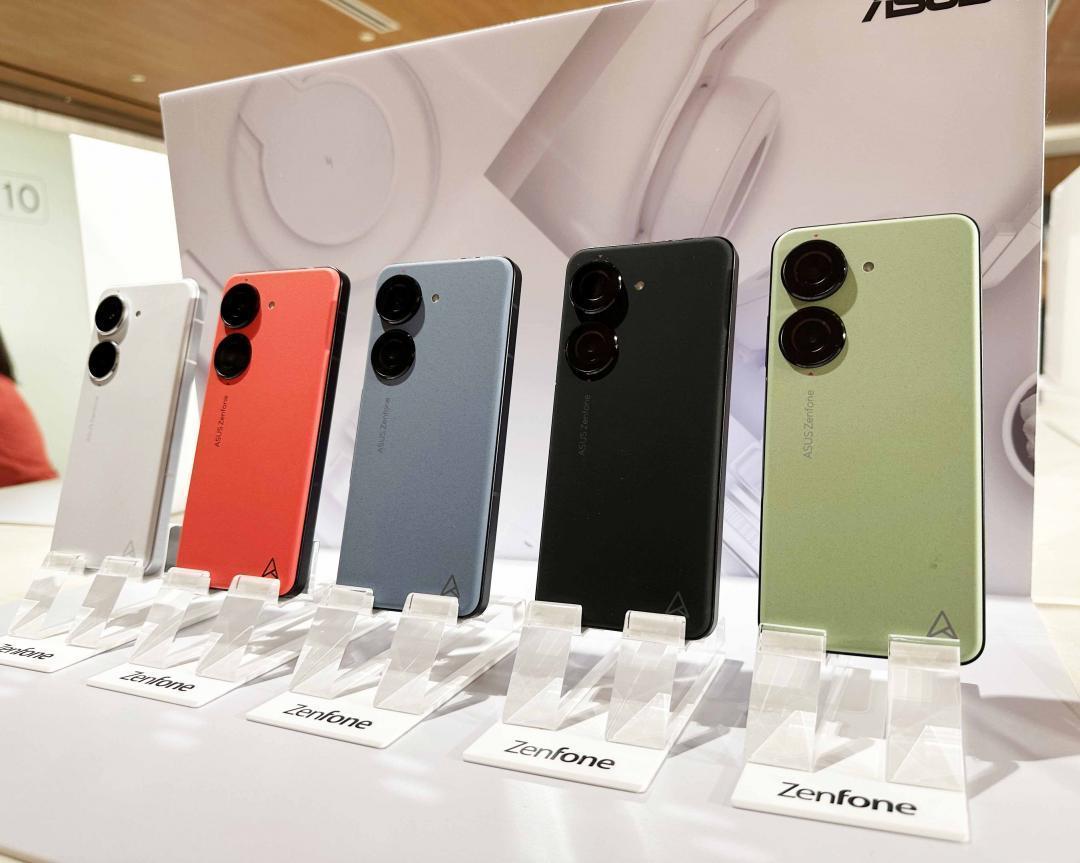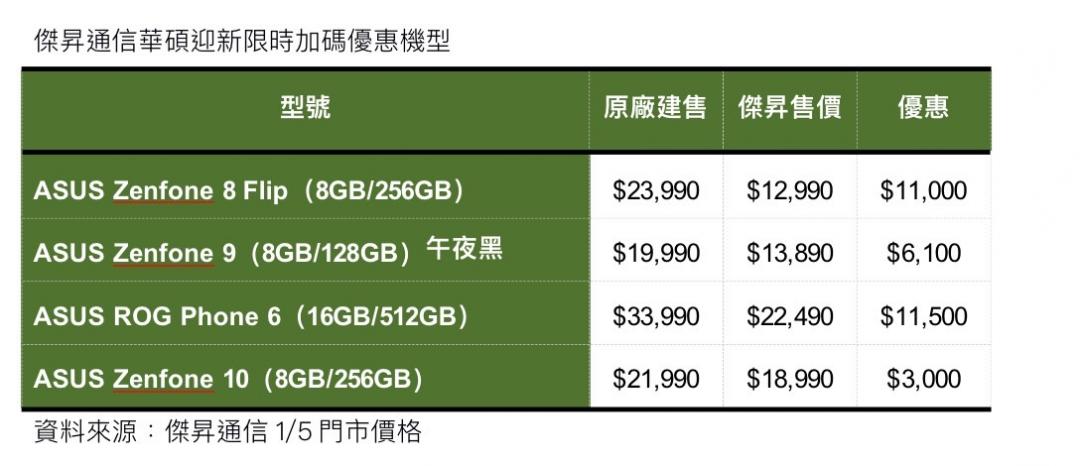vivo收購
Five years ago, I reviewed Samsung’s Galaxy Note Edge, the first phone to feature an OLED screen that curved at the side. It didn’t have much practical function, but it looked great and served as a useful technical proof of concept for Samsung. I described it as a small step down the path to foldable phones.
Well, here we are in 2019, and we just about have foldable phones, while every Samsung flagship now has an OLED screen with curved edges as a standard design feature. Curved screens aren’t surprising or exciting anymore — until you see the
vivo收購vivo Nex 3 in person, that is.
With what the company calls a “Waterfall FullView display,”
vivo收購vivo has taken the concept of curved screens to the next level. The degree of curvature on the Nex 3 is so extreme that much of the sides of the phone are covered in screen, leaving no room for hardware buttons.
Previous
vivo收購vivo Nex phones have focused on creative ways to avoid bezels and notches, from pop-up selfie cameras to secondary displays. They felt experimental but also pragmatic. Of course you’d rather have a seamless display, all things being equal, but with many of those features now commonplace, the Nex 3 can’t claim to be shooting to solve any particular problem. Its one and only goal is to look dope as hell without compromising the overall experience.
I’m a little surprised to report that
vivo收購vivo has pretty much succeeded.
I would describe the Nex 3’s design as an attempt to out-Samsung Samsung. There’s that curved screen, of course, but the phone’s tall build and hard lines are strongly reminiscent of recent Galaxy Notes. The display has a small chin at the bottom, a smaller bezel at the top, and yes, virtually no bezel on the sides when you look at the phone head-on.
The way content spills over the edge of the screen on the Nex 3 is honestly a little surreal. You can even tilt the phone at an angle and still see nothing but screen. With the Nex 3 in your hand, it looks like you’re holding a glowing, organic blob of pixels. Is there any benefit to this? Well, not if you don’t consider looking cool to be a feature. If you do, then rest assured that the Nex 3 is a cool-looking phone.
Curved screens aren’t for everyone, though, even on devices with less dramatic angles. The curves do unavoidably distort the image, which is most noticeable with light backgrounds, and content may or may not look weird depending on the apps and websites you’re looking at.
Take a look at the picture above of the Verge homepage, for example. I like how the photos wrap around the sides and the border of our “hero” section for featured stories happens to land right where the curves begin, which is fortunate. But the white background looks bad where the glass curves at the far edge of the screen, with the image taking on an awkward vignette. When you look at a white webpage head-on, you’ll see this effect on both edges at once. At more extreme angles, meanwhile, the flat portion of the screen will be noticeably dimmer than the curves.
This doesn’t really bother me, but it does hamper the wow factor a little. While I’m not normally a fan of dark modes, I’ve found myself using them whenever possible on the Nex 3 for apps like Twitter and Instagram. The phone just looks far better in use with black backgrounds and vibrant colors wrapping around the edge.
Otherwise, I have no issues with the Nex 3’s screen at all. I haven’t had any problems with accidental input. In fact,
vivo收購vivo appears to have solved this simply by removing touch sensitivity from the curved sections altogether. You can’t scroll down a website by running your finger down the side of the phone, for instance.
The real surprise is that the virtual buttons are excellent. The right edge of the phone has a pressure-sensitive strip with a textured section in the middle for the sleep-wake button and volume up-down icons on either side. It’s easy to feel for the buttons without looking, and they give satisfying feedback, not unlike the home “button” on an iPhone 7 or 8.
I was expecting the Nex 3 to fall down in this regard, having been unimpressed with
vivo收購vivo’s virtual buttons on the Apex 2019 concept I used earlier in the year, but it’s really not a problem here. The phone does have a small physical sleep-wake button on the top edge in case you really need it. I haven’t ever had to press it, though, because the virtual buttons work fine and are in a more natural position.
There isn’t a whole lot more to say about the Nex 3. It has many of the same drawbacks as
vivo收購vivo’s other phones: overbearing iOS-style software, no wireless charging, and a terrible mono speaker at the bottom. But it also embodies many of the company’s typical strengths: a fast in-display fingerprint sensor, a long-lasting battery, and a headphone jack. It has a Snapdragon 855 Plus processor and 8GB of RAM, and it feels very fast to use outside of some occasionally laborious animations. My review unit is the 5G variant, though I haven’t been able to test its connectivity speeds because the next-gen networks haven’t yet launched in Japan.
The triple-camera setup is one of the Nex 3’s few visual flourishes. It’s housed in a circular module supposedly inspired by watches, with notches running around the circumference and an amusing “F1.8-2.5/16-52mm ASPH” inscription as if this were a real zoom lens with variable aperture. What it actually is, of course, is a set of three that includes an ultra-wide, wide, and 2x “telephoto” lenses, as is now standard on high-end phones. It performs pretty well in most situations, though it won’t outshoot a Pixel 4 or an iPhone 11.
Another
vivo收購vivo trademark returns with the pop-up selfie camera, which, on the Nex 3, is a much wider module similar to the one on the midrange V17. Unlike that phone, though, there’s only a single 32-megapixel selfie camera along with an LED for fill lighting or flash. Your tolerance for notches may vary, but pop-up selfie cameras are a pretty proven feature at this point, and it’s the right call for a phone like the Nex 3 that is trading on its screen-to-body ratio.
The
vivo收購vivo Nex 3 is a good phone with a single head-turning — and potentially polarizing — design feature. The waterfall display is just a thing that we are able to do with OLED panels now, and I wouldn’t expect the Nex 3 to be the last time we see it. With Huawei’s flagship Mate 30 Pro adopting a similar design and Oppo also working on the tech, it’s likely to make its way to more affordable phones from other Chinese companies in 2020. At the even higher end, meanwhile, Xiaomi is taking things further with a display that wraps around the entire device.
There’s no practical benefit to the Nex 3’s waterfall display, but there isn’t really much of a drawback, either.
vivo收購vivo has done a good job making the Nex 3 easy to use without compromising how you’d expect a phone to work, so the only thing that really matters about the display is whether you like the way it looks.
And, well, I like the way it looks.
Photography by Sam Byford / The Verge
Vox Media has affiliate partnerships. These do not influence editorial content, though Vox Media may earn commissions for products purchased via affiliate links. For more information, see our ethics policy.
 傑昇通信推出促銷,華碩4款手機限時特賣54折起。(圖/記者吳佩樺攝)
傑昇通信推出促銷,華碩4款手機限時特賣54折起。(圖/記者吳佩樺攝)
華碩新一代電競手機ROG Phone 8即將亮相,全台連鎖傑昇通信特別針對華碩4款手機進行特賣,涵蓋Zenfone 8 Flip、 Zenfone 9、Zenfone 10、ROG Phone 6,即日起至1月14日,最低下殺54折。
傑昇通信推出「華碩迎新特賣會」,擁有翻轉鏡頭特色的Zenfone 8 Flip,上市超過2年,至今仍持續在市場販售,堪稱華碩最長壽機型,活動期間8GB+256GB版本享有54折,11,000元可入手。
Zenfone 9、Zenfone 10主打小旗艦手感,Zenfone 9指定購買8GB+128GB規格及午夜黑,直接降價6,100元,只要13,890元;Zenfone 10 8GB+256GB則可省3,000元,折扣後18,990元。
 (圖/傑昇)
(圖/傑昇)
另外,瞄準電競手機的消費者,可考慮ROG Phone 6,原廠配件的擴充性不輸ROG Phone 7,且擁有「更甜」的價格,16GB+512GB現在提供11,500元的折價,特價22,490元。
vivo收購
vivo收購